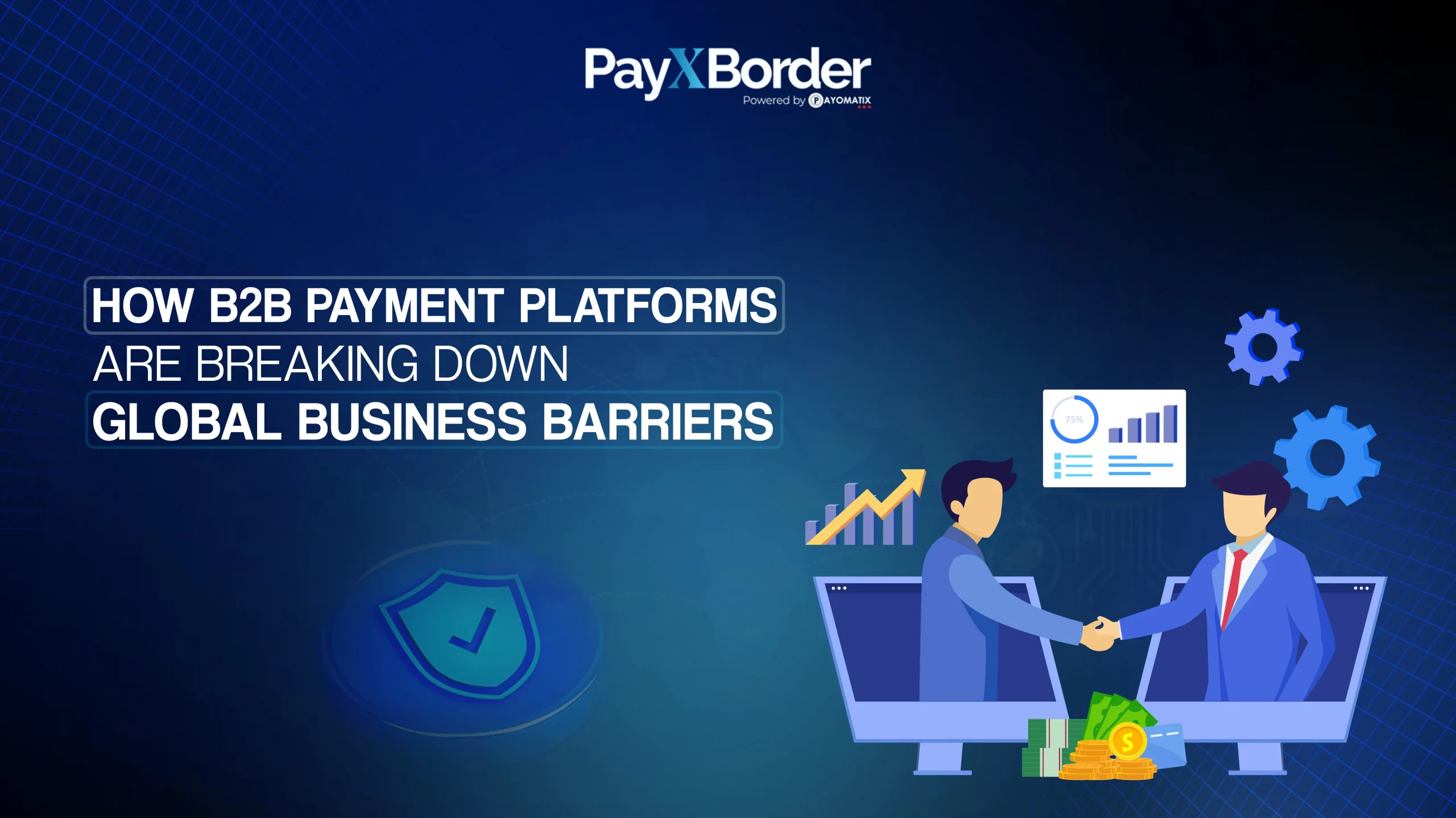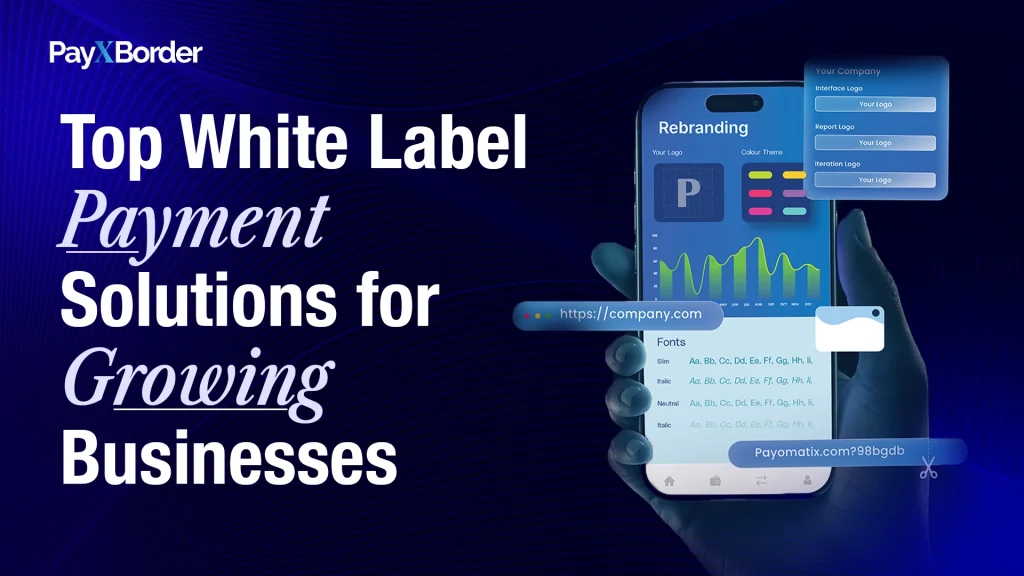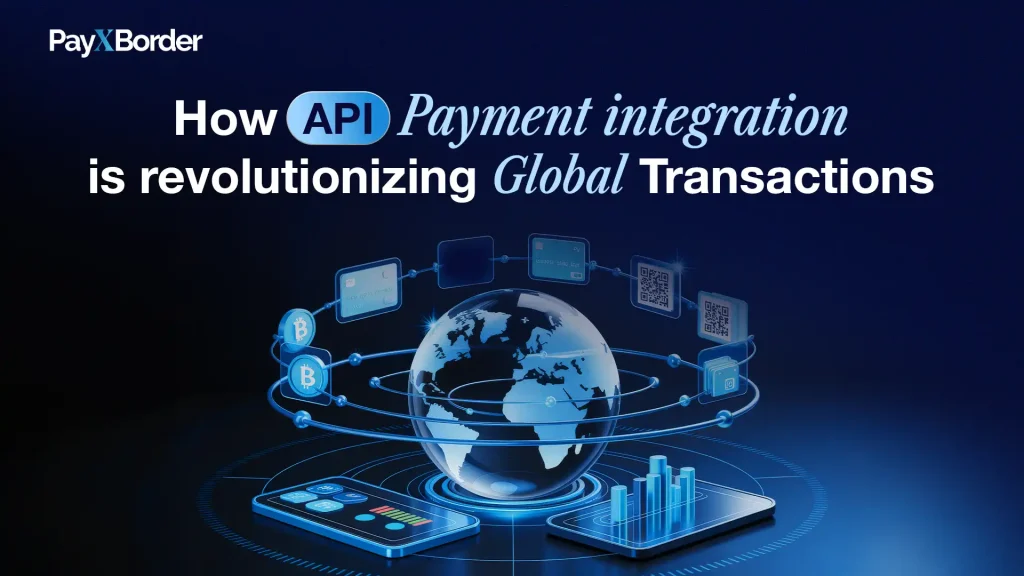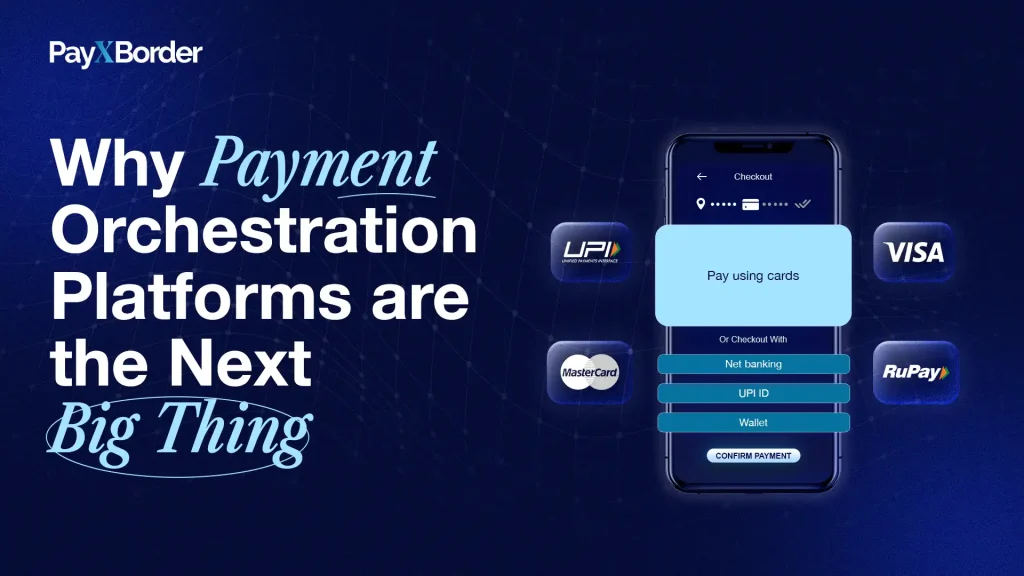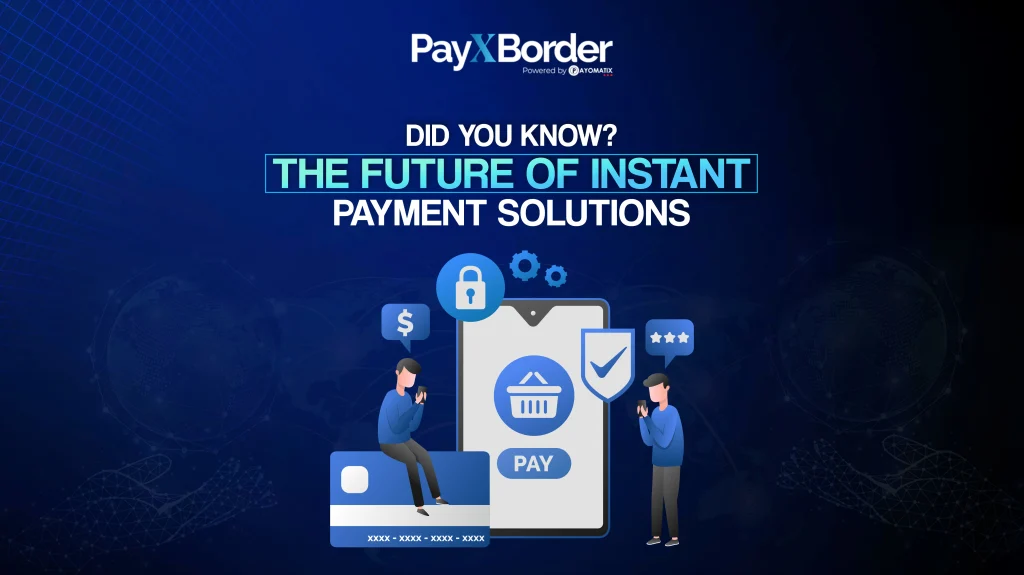Still Stuck in a Tangle of Invoices, Delays, and Bank Wires? It’s Time to Rethink B2B Payments.
In 2025, global B2B commerce is booming. Businesses are trading across continents, sourcing materials from international vendors, and working with distributed teams. But one thing continues to hold them back: inefficient payment systems.
Enter B2B Payment Platforms—modern solutions designed to replace outdated, manual, and expensive international banking processes.
These platforms are revolutionizing how businesses pay and get paid globally, unlocking new opportunities in international trade. In this blog, we’ll explore what makes B2B Payment Platforms essential, how they work, and why PayXBorder is leading the way.
What Are B2B Payment Platforms?
B2B Payment Platforms are digital infrastructures that facilitate secure, fast, and transparent transactions between businesses—especially in cross-border scenarios.
They provide tools for:
- Invoicing and billing automation
- Multi-currency payment processing
- Compliance with local and international regulations (KYC/AML)
- Currency conversion and real-time FX
- Wallet-to-wallet and account-to-account transfers
Why Traditional B2B Payments Are Broken
Traditional methods like SWIFT transfers, cheques, and manual invoicing are riddled with:
- Long settlement times (3–7 days)
- High fees and hidden FX markups
- Compliance headaches across jurisdictions
- Error-prone reconciliation
- Lack of transparency and real-time tracking
For fast-moving global businesses, these issues translate to lost time, lost money, and missed opportunities.
How B2B Payment Platforms Are Changing the Game
1. Speeding Up Settlements
Modern B2B platforms enable near-instant payments, removing intermediaries and reducing delays. This improves cash flow and allows businesses to respond faster to market needs.
2. Reducing Costs with Transparent FX
Instead of hiding fees in exchange rates, platforms like PayXBorder provide real-time, mid-market rates and flat-fee pricing—cutting transaction costs by up to 70%.
3. Automating Reconciliation & Workflows
APIs allow seamless integration with ERPs, CRMs, and invoicing tools. This minimizes manual data entry, errors, and accounting headaches.
4. Enabling Global Trade in Local Currencies
Hold and transact in multiple currencies. Let vendors get paid in their preferred currency while you maintain control over FX decisions.
5. Strengthening Compliance & Risk Management
Built-in AML, KYC, and transaction monitoring tools help businesses meet global regulatory standards without additional overhead.
6. Supporting Global Supplier Relationships
With flexible payment schedules, faster processing, and real-time tracking, B2B payment platforms build trust between international partners.
Use Cases Across Industries
Manufacturing & Supply Chain
- Pay overseas suppliers in their local currency
- Track shipments alongside payment status
Export-Import Businesses
- Receive export payments quickly and safely
- Lower currency conversion costs
Software & SaaS Providers
- Handle recurring B2B subscriptions globally
- Automate invoicing and payment collection
Freight & Logistics Companies
- Manage high-volume, high-value transactions
- Maintain cash flow across shipping cycles
Professional Services & Agencies
- Get paid by international clients easily
- Send money to contractors worldwide with minimal friction
Key Features to Look for in a B2B Payment Platform
- Multi-Currency Support
- Real-Time FX and Flat-Fee Structure
- Wallet-to-Wallet Transfers
- Bank Account Withdrawals
- Full KYC/AML Compliance
- ERP & Accounting Integrations
- Live Payment Tracking
- Automated Reporting and Invoicing
- Secure Data Encryption & Fraud Prevention
How PayXBorder Empowers Global B2B Payments
PayXBorder was built to serve the needs of modern businesses that trade across borders. Here’s what makes it the go-to solution for B2B financial operations:
- Flat Setup Fee: Say goodbye to per-transaction gouging.
- Real-Time FX Rates: Transparent pricing with no markups.
- Multi-Currency Wallets: Hold, send, and receive in 50+ global currencies.
- Fast Transfers: Same-day or instant wallet-to-wallet payments.
- Regulatory Confidence: Fully compliant with global KYC, AML, PCI-DSS, and GDPR standards.
- API-Ready Platform: Integrate seamlessly with your business systems.
- Smart Dashboards: Get full visibility into all payments, conversions, and settlements.
Whether you’re a global manufacturer or a tech startup, PayXBorder gives you the tools to grow faster, pay smarter, and stay compliant.
A Real-World Example
Scenario: A logistics firm in India partners with warehousing providers in Germany and retail chains in the US.
Old Workflow:
- Payments via SWIFT
- Reconciliation done manually
- Up to $500/month lost in fees and FX markup
With PayXBorder:
- Instant global transfers
- Auto-reconciliation with QuickBooks
- Savings of $6,000+ annually in fees and labor hours
Conclusion: The Future of B2B Finance is Fast, Transparent, and Digital
Global trade doesn’t wait for slow banks, faxed invoices, and unclear conversions. Businesses need B2B Payment Platforms that move at the speed of global opportunity.
If you want to:
- Expand into new markets
- Improve supplier/vendor relationships
- Increase operational efficiency
… then it’s time to upgrade your financial infrastructure.

